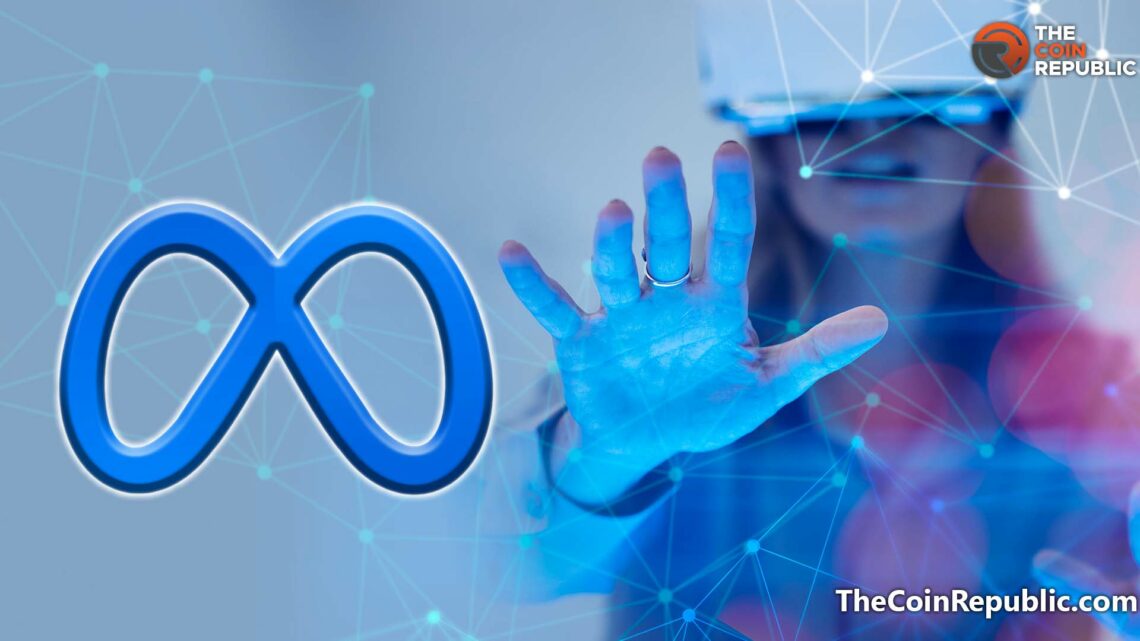The buzz around the concept of the ‘metaverse’ has been ever-rising in the worlds of technology, finance, and business. Although it is challenging to cast the term in the mold of one definition, colloquially, metaverse is a virtually shared environment created by the coalition of augmented physical and virtual reality. Metaverse provides an intricately developed digitally interactive ecosystem where its users, as digital avatars, can engage in various activities ranging from shopping and socializing to gaming and more.
Top Techniques Flourishing the Immersiveness of Metaverse
During the course of years, several key technologies have played a profound role in the successful blooming of metaverse into an immersive virtual three-dimensional (3D) experience.
One of the major technologies that holds the power to revolutionize the concept of the metaverse is blockchain. Blockchain-based metaverse environments offer a secure, transparent, and decentralized 3D space that allows users to transfer value in the form of cryptocurrency as well as non-fungible tokens (NFTs). Moreover, it also offers digital proof of ownership, interoperability, governance, and storage.
Metaverse interactions are becoming more dynamic, sensory stimulating, and close to the real world with the use of extended reality (ER) techniques, such as augmented reality (AR), virtual reality (VR), and mixed reality (MR). Users can enter these virtual spaces in the metaverse through specialized headsets or VR glasses that can be further connected to other smart devices.
Deep learning, a subset of artificial intelligence (AI) and machine learning (ML), is another technology that can benefit the metaverse tremendously. From computing and processing data at a high speed to analyzing it in order to plan business strategies, AI can be of huge assistance to the metaverse. AI can also be used to design intelligent virtual agents, for example, non-player characters (NPCs) in video games, that aid in providing an interactive experience for the users. Additionally, the use of ML along with AI can come in handy to teach decision-making skills to machines.
Since the main goal is to make the virtual world as mimically close to the real world as possible, 3D reconstruction technology is gaining traction in metaverse development. This technique utilizes 3D modeling tools that can create a photorealistic version of the real-life objects (e.g., buildings and physical locations) and incorporate them inside the metaverse to make them a reality.
Internet of Things (IoT) technology is another robust technology that is turning out to be an important pillar of the metaverse. IoT works seamlessly as a connecting link between the physical and internet worlds via sensors, and its implementation in the metaverse can create environments that are more connected to the real world. Furthermore, with the help of IoT, real-time data can be collected and utilized by the metaverse to enhance the workings of the virtual world.
A few major obstacles that hamper the smooth operation of the metaverse include latency of the network, storage of data, and bandwidth demand. Edge computing technology helps the metaverse overcome these challenges by enabling faster data transmission. This technique also improves overall efficiency and the user experience.
Although the metaverse is still in its infancy, the technologies discussed above can be used to eradicate the challenges and provide a dynamic virtual environment to its users.

Andrew is a blockchain developer who developed his interest in cryptocurrencies while pursuing his post-graduation major in blockchain development. He is a keen observer of details and shares his passion for writing, along with coding. His backend knowledge about blockchain helps him give a unique perspective to his writing skills, and a reliable craft at explaining the concepts such as blockchain programming, languages and token minting. He also frequently shares technical details and performance indicators of ICOs and IDOs.


 Home
Home News
News










